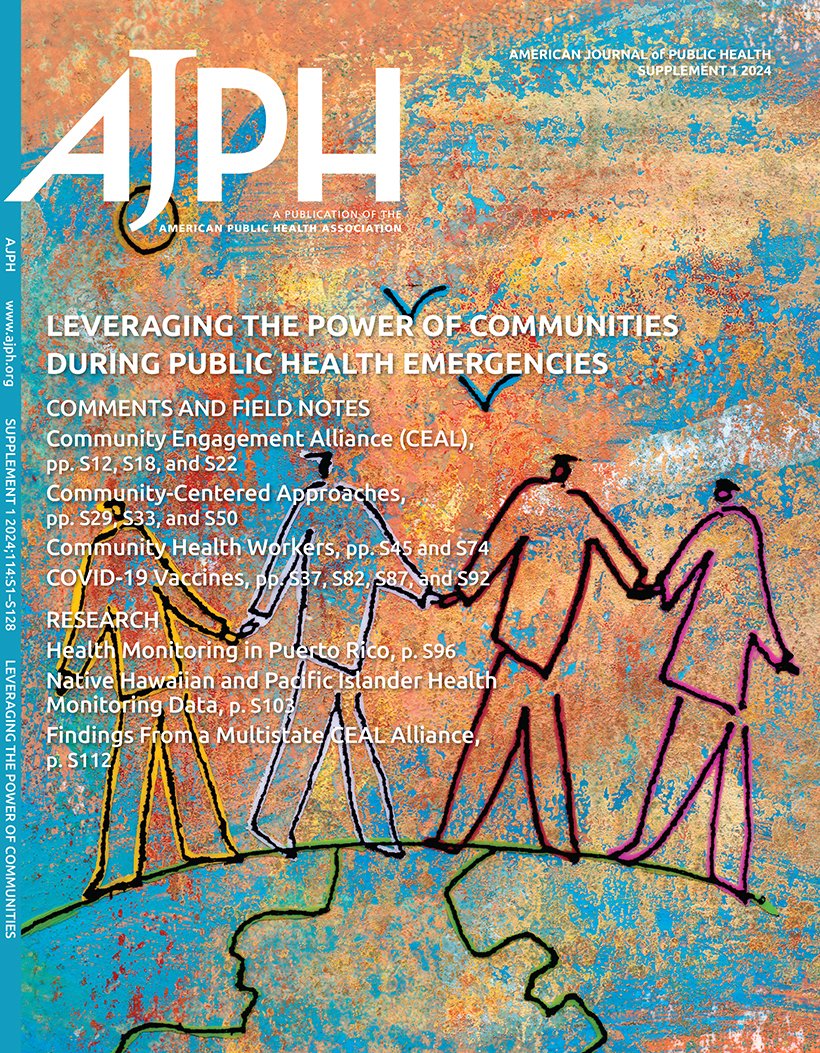The State of Sexual Education: State Laws and Regulations Mandating Sexual Education in the United States.
IF 9.6
1区 医学
Q1 PUBLIC, ENVIRONMENTAL & OCCUPATIONAL HEALTH
引用次数: 0
Abstract
Objectives. To assess state laws and regulations mandating sexual education in US public schools in 2025. Methods. We identified and analyzed state statutes, administrative regulations, and state court decisions that mandated sexual education in public schools in every US state and the District of Columbia. We coded content requirements, attributes (e.g., "age-appropriate"), and parental notice and consent policies. Results. Forty-two US states required sexual education in at least 1 content area in K‒12 public schools. Most required education to cover abstinence (34 states), HIV (34 states), sexually transmitted infections (32 states), and child abuse prevention (31 states). Five states required opt-in parental consent; 34 allowed parents to opt children out. Nineteen states mandated medically accurate content for any topic. Conclusions. Although many states mandated sexual education, few required content beyond sexual abstinence, HIV, sexually transmitted infections, and child abuse prevention. Laws that make content optional or facilitate opt-outs can undermine access to this education. Public Health Implications. This detailed accounting of the law will enable researchers and policymakers to identify opportunities to support the implementation of medically accurate, evidence-based sexual education in school settings. (Am J Public Health. Published online ahead of print August 21, 2025:e1-e11. https://doi.org/10.2105/AJPH.2025.308199).《性教育现状:美国强制性教育的州法律法规》。
目标。评估2025年美国公立学校强制性教育的州法律法规。方法。我们确定并分析了美国各州和哥伦比亚特区公立学校强制性教育的州法规、行政法规和州法院判决。我们对内容要求、属性(例如,“适合年龄”)、家长通知和同意策略进行编码。结果。美国42个州要求在K-12公立学校的至少一个内容领域进行性教育。大多数需要的教育包括禁欲(34个州)、艾滋病毒(34个州)、性传播感染(32个州)和预防虐待儿童(31个州)。五个州要求家长同意;34个州允许父母选择孩子退出。19个州规定,任何主题都要提供准确的医学内容。结论。尽管许多州规定了性教育,但很少有州要求除性节制、艾滋病毒、性传播感染和预防虐待儿童之外的内容。使内容可选或方便选择退出的法律可能会破坏获得这种教育的机会。公共卫生影响。这项法律的详细说明将使研究人员和政策制定者能够找到机会,支持在学校环境中实施医学上准确的、基于证据的性教育。公共卫生。2025年8月21日提前在线发布:e1-e11。https://doi.org/10.2105/AJPH.2025.308199)。
本文章由计算机程序翻译,如有差异,请以英文原文为准。
求助全文
约1分钟内获得全文
求助全文
来源期刊

American journal of public health
医学-公共卫生、环境卫生与职业卫生
CiteScore
9.50
自引率
3.90%
发文量
1109
审稿时长
2-4 weeks
期刊介绍:
The American Journal of Public Health (AJPH) is dedicated to publishing original work in research, research methods, and program evaluation within the field of public health. The journal's mission is to advance public health research, policy, practice, and education.
 求助内容:
求助内容: 应助结果提醒方式:
应助结果提醒方式:


